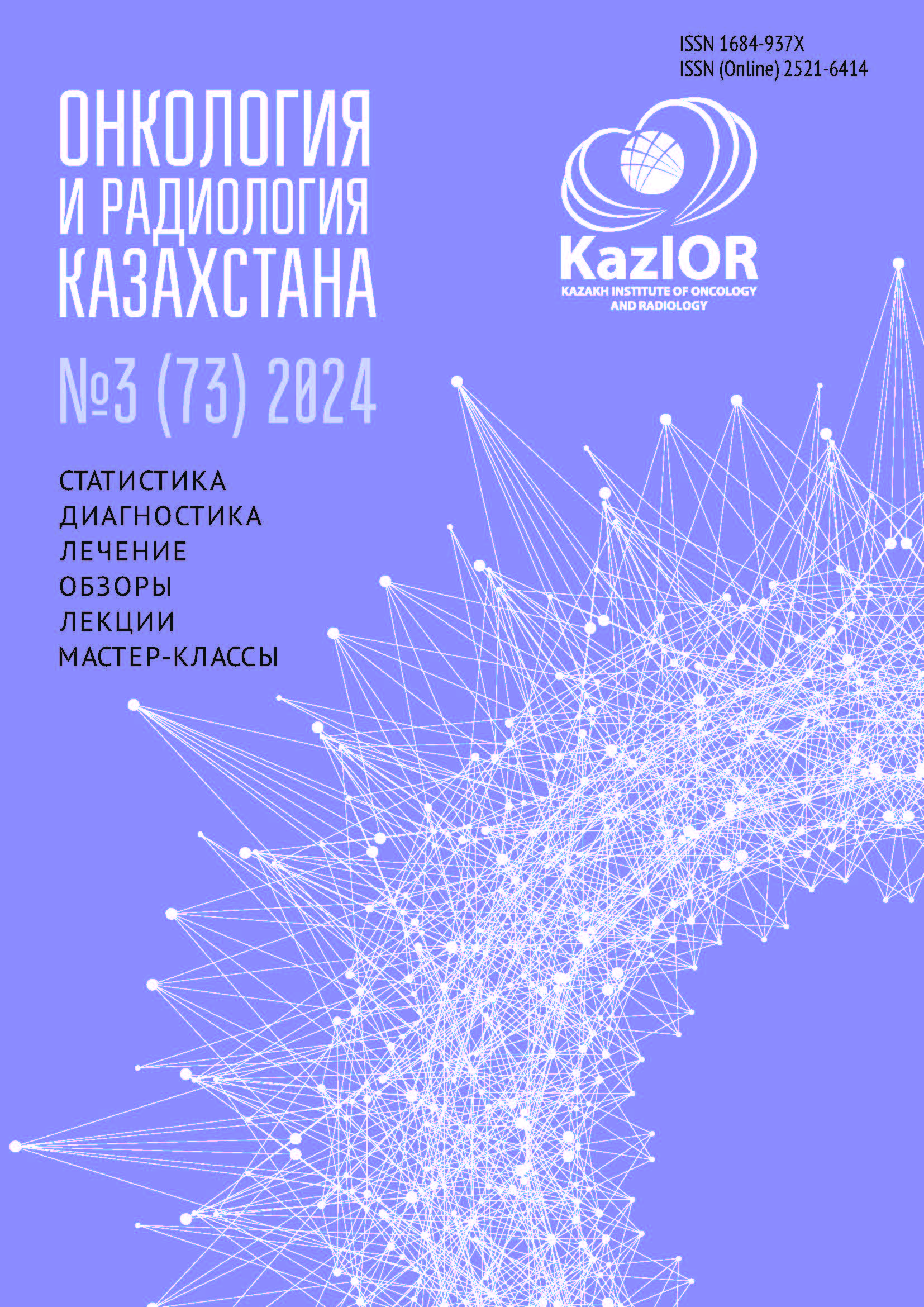Chromium-induced carcinogenesis: A literature review
DOI:
https://doi.org/10.52532/2521-6414-20243-73-67-74Keywords:
hexavalent chromium, carcinogenesis, heavy metals, oncogenesisAbstract
Relevance: According to the International Agency for Research on Cancer (IARC), hexavalent chromium Cr(VI) has been identified as a Group I occupational carcinogen. There is ample evidence that Cr(VI) is associated with lung, nasal, and sinus cancers. A study based on the Baltimore cohort, which consisted of 2357 participants, demonstrated a high positive correlation between cumulative Cr(VI) exposure and lung cancer mortality rates. In the western region of Kazakhstan in the Aktobe region, a stable anthropogenic chromium biochemical province has been formed as a result of many years of activity of the enterprises of TNC Kazchrome JSC (Donskoy GOK, Ferrochrome JSC) and AZKhS JSC, which has an impact on the health of the population of this region. In a survey of workers at a ferroalloy plant in West Kazakhstan over 15 years, the mortality rate from cancer among plant workers was significantly higher than among the general public: the excess among people aged 50-59 years was 3.3 times for men and 7.9 times for women. There is a huge amount of material on the effects of hexavalent chromium on the body, which needs to be streamlined to reveal the role of chromium in carcinogenesis.
The study aimed to highlight the role of hexavalent chromium in carcinogenesis.
Methods: Our research was conducted with meticulous attention to detail. Data from MEDLINE, Embase, Scopus, PubMed, and Cochrane Central Register of Controlled Trials were rigorously analyzed to select and analyze relevant information over the past 10 years using keywords: hexavalent chromium, carcinogenesis, heavy metals, oncogenesis. A total of 173 sources were found, and 50 were included in the analysis, considering the valency of the studied metal.
Results: Hexavalent chromium, while inside the human body, can react with cellular reducing agents to form Cr(V), Cr(IV), and, ultimately, Cr(III). The latter can lead to the formation of highly toxic Cr(III) DNA adducts in the cell nucleus. All of these intermediates can cause DNA damage or DNA-protein cross-links. Several mechanisms have been proposed to explain chromium-induced carcinogenicity. Cr-induced carcinogenesis is likely dependent on tissue, cell type, Cr(VI) concentration, exposure time and isoforms of specific heat shock proteins, chromosomal instability, nuclear protein I (Nupr) induction, DNA adduction, and free radical formation; reactivity of Cr(V) and Cr(IV) intermediates.
Epigenetic gene expression changes are considered an essential element of carcinogenesis.
Conclusion: Understanding the mechanisms of carcinogenesis is essential for preventing and treating Cr(VI)-induced cancer. Strategic developments are needed to prevent oncogenesis in the chromium biogeochemical province.

